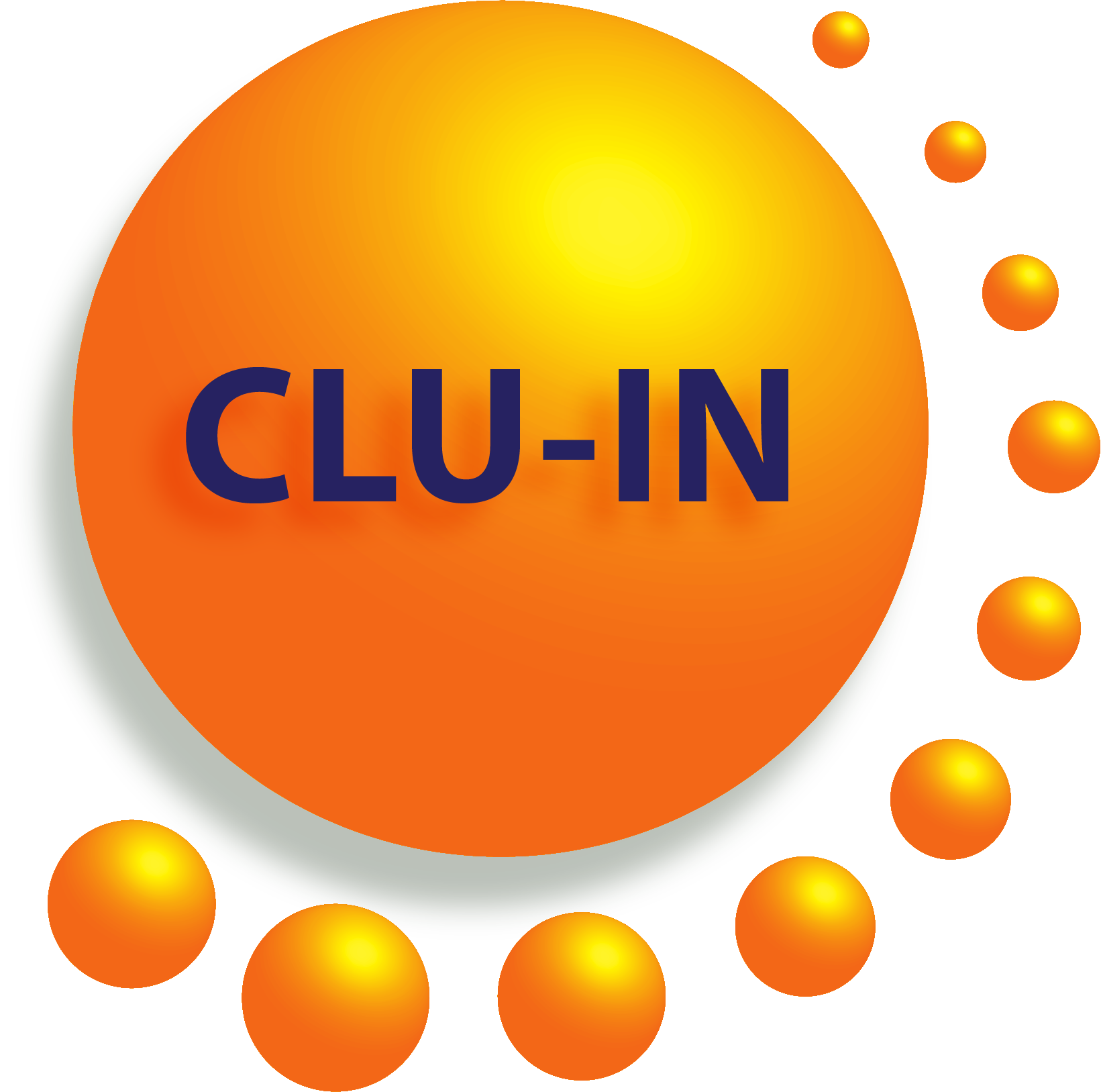From Cells to Solutions: Emerging Tools for Studying Health and Disease — Session III
Sponsored by: The NIEHS Superfund Research Program (SRP)
The National Institute of Environmental Health Sciences (NIEHS) Superfund Research Program (SRP) is hosting a Risk e-Learning webinar series focused on the use of innovative, human-relevant technologies to better characterize the biological effects of chemicals.
New technologies, including advanced cell-based assays, organoids, and computational modeling approaches, are expanding the toolbox researchers use to answer previously difficult or unanswerable questions. Presenters will discuss how these emerging methodologies are being applied to uncover mechanistic insights, improve predictive accuracy for human health outcomes, and refine risk assessment frameworks.
The third and final session, titled Innovative Methods for Understanding Chemical Toxicity, will feature three speakers discussing innovative approaches to understanding the dose at which chemicals trigger biological responses and the mechanisms behind them. Speakers include:
- Ana Maretti Garcia, Ph.D., University of Southern California
- Guru Ulaganathan, Duke University
- Weihseuh A. Chiu, Ph.D., Texas A&M University
To learn more about and register for the other sessions in this webinar series, please see the SRP site.
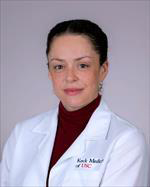 Ana Maretti Garcia, Ph.D., University of Southern California (marettim@usc.edu)
Ana Maretti Garcia, Ph.D., University of Southern California (marettim@usc.edu)
Ana Maretti Garcia, Ph.D., is an Assistant Professor of Research Medicine at the Keck School of Medicine of the University of Southern California. Her research focuses on uncovering how the immune system contributes to the progression of chronic liver diseases. She specializes in advanced transcriptomic analyses and real-time cellular behavior assays, leveraging these technologies to explore the molecular and cellular mechanisms driving liver dysfunction. She has developed an innovative in vitro model for MASLD using 3D human liver spheroids, integrating single-cell transcriptomics and epigenetics to investigate how environmental pollutants like PFAS influence the progression of MASLD and hepatocellular carcinoma (HCC). In addition to environmental factors, she is also exploring the role of dietary factors, such as cholesterol and sugar, in the onset of MASLD, aiming to uncover new strategies for prevention and treatment.
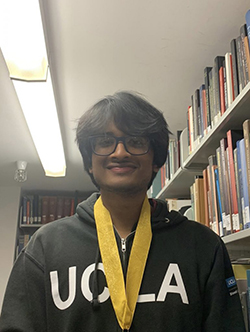 Guru Ulaganathan, Duke University (guru.ulaganathan@duke.edu)
Guru Ulaganathan, Duke University (guru.ulaganathan@duke.edu)
Guru Ulaganathan is a trainee in the Integrated Toxicology and Environmental Health Program at Duke University. He earned his B.S. in Microbiology, Immunology and Molecular Genetics from the University of California, Los Angeles (UCLA) in 2023. As an undergraduate, his research centered around using C. elegans as a model to study chemical reprotoxicity. At Duke, he is focused on studying the effects of heavy metals and cannabinoids on developmental neurotoxicity.
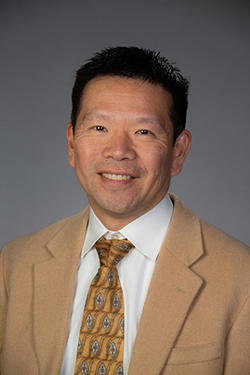 Weihsueh A. Chiu, Ph.D., Texas A&M University (wchiu@cvm.tamu.edu)
Weihsueh A. Chiu, Ph.D., Texas A&M University (wchiu@cvm.tamu.edu)
Weihsueh A. Chiu, Ph.D., is a Professor in the Department of Veterinary Physiology and Pharmacology at Texas A&M University. Before joining the university in 2015, he worked at the U.S. Environmental Protection Agency (EPA) for more than 14 years, most recently as Chief of the Toxicity Pathways Branch in the Office or Research and Development. His research in human health risk assessment includes toxicokinetics, physiologically-based pharmacokinetic modeling, dose-response assessment, characterizing uncertainty/variability, systematic review, and meta-analysis, with particular interest in Bayesian and probabilistic methods. He is author/co-author of over 150 peer-reviewed journal publications, many governmental and international agency reports, and several book chapters.
Moderator:
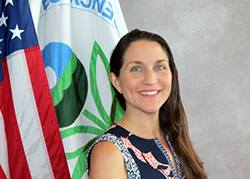 Jean Balent, U.S. EPA Technology Innovation and Field Services Division (balent.jean@epa.gov or 202-566-0832)
Jean Balent, U.S. EPA Technology Innovation and Field Services Division (balent.jean@epa.gov or 202-566-0832)
Ms Balent is on the staff of the EPA's Technology Innovation and Field Services Division where she has worked to collect and disseminate hazardous waste remediation and characterization information since 2003. Ms Balent manages the Clean Up Information Network website and actively supports online communication and collaboration resources available to EPA. She formerly worked with the US Army Corps of Engineers Environmental Engineering Division in the Buffalo District. Ms Balent was also a member of the SUNY-Buffalo Groundwater Research Group where she constructed and tested large scale models of groundwater flow. Ms Balent has also conducted research relating to the Great Lakes, environmental remediation, and brownfields re-development. She holds a Bachelor's degree in environmental engineering from SUNY-Buffalo and a Master's degree in Information Technology from AIU.
- These materials will be available by
Webinar Slides and References:
- These materials will be available by
Additional Resources:
- These materials will be available by
Thank you for participating in our webinar. We would like to receive any feedback you might have that would make this service more valuable.
Help & FAQs
- Frequently Asked Questions
- Content Questions?
Call Mali Velasco at 919-794-4708 or mali.velascodelgado@nih.gov - Technical Problems?
Leave us a comment - Cancel Your Registration
- My Participation Records
- CEU Credits and PDHs
Zoom Resources
Before Webinar Day
This seminar will be delivered through Zoom. Participants are encouraged to update to the latest version of the Zoom application for the best experience.
If you are unable to install the Zoom application, most functions will be available if you join just using a modern web browser such as Chrome, Edge or Firefox. We strongly encourage you to run the Zoom Meeting Test prior to attending this webinar. Technical support on the day of the webinar will be very limited and subject to significant delays.
Backup Conference Call
If you cannot participate using online audio, you may join the optional call in line. After checking in for the live event using the instructions listed below, you will see several options to participate. Please click the links in option 4 to follow along by phone and obtain the call in number. If you cannot access the phone number, you may request the call in line from the event moderator in the Q&A or send an email to Jean Balent at balent.jean@epa.gov
Click on "Join Webinar" at the top of this screen, enter your exact first and last name as you registered and enter the number of people attending at your location (including yourself). You should then be taken to the Zoom meeting room. Join with Zoom Application: For those joining with the Zoom application, you may be prompted to sign with a zoom account or join as a guest without signing in.
If joining as a guest, you will be prompted to enter your name and email address. Remember your name, image, video or voice may be visible to others in the live event. When done, click "Join" When it is time for the live event to start, the meeting host will admit you to the live Zoom meeting. Join via web browser (without the Zoom Application): For those joining with a web browser, you may close any pop ups prompting you to download the Zoom app. The next window will allow you to enter your name (first name and last name) and check the box that you are not a robot. Click the blue join button. You may also be asked to provide your email address before joining the room. Remember your name, image, video or voice may be visible to others in the live event. When done, click "Join" When it is time for the live event to start, the meeting host will admit you to the live Zoom meeting. You may need to periodically refresh the browser window to confirm if the host has admitted you. The presenters will control what slide you are viewing. You may submit questions online for the instructors to answer during the webinar by typing in the "Q&A" area. It is not necessary to wait until the question and answer periods to submit questions. At the end of the webinar you will be guided to our feedback form and links to additional resources, including the complete presentation. These links will remain active after the webinar. Provided for your convenience. Importing or accepting the invitation within this iCalendar file is not required, and declining the invitation does not cancel your registration. For additional information on iCalendar, please see our
iCalendar Help It is EPA's policy to make reasonable accommodation to persons with disabilities wishing to participate in the agency's programs and activities, pursuant to the Rehabilitation Act of 1973, 29 U.S.C. 791. Any request for accommodation should be made to at or , preferably one week or more in advance of the webinar, so that EPA will have sufficient time to process the request. EPA would welcome specific recommendations from requestors specifying the nature or type of accommodation needed. EPA welcomes specific recommendations from requestors specifying the nature or type of accommodation needed. Please note that CLU-IN provides both alternate phone call-in options and closed captioning for all webinars, and requests for these specific accommodations are not necessary.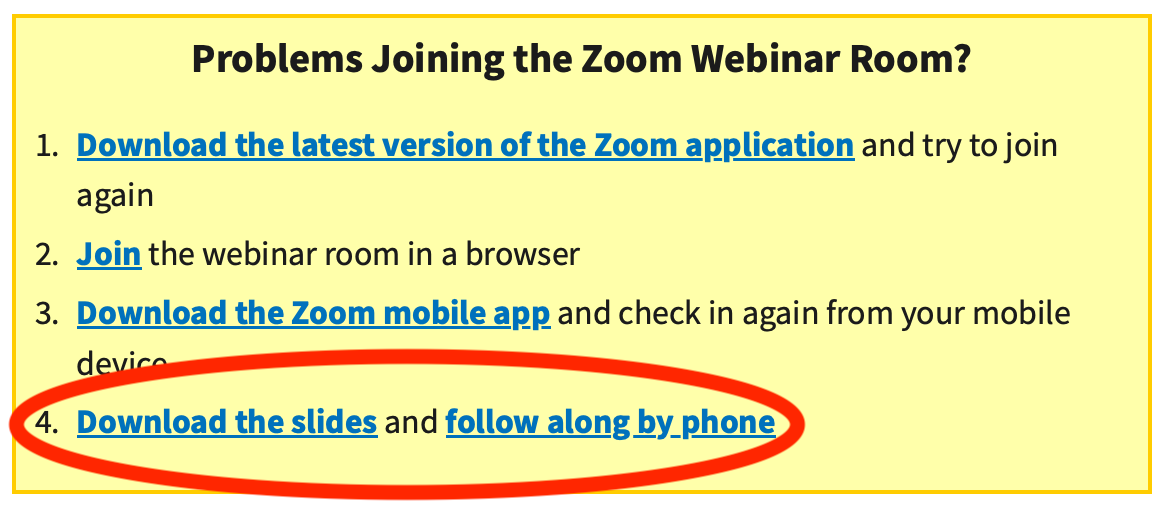
Webinar Day, Checking In
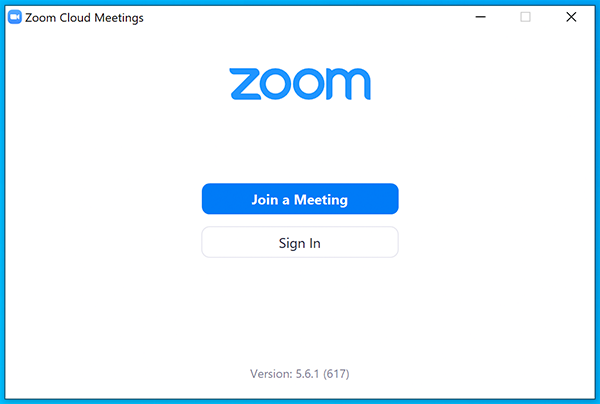
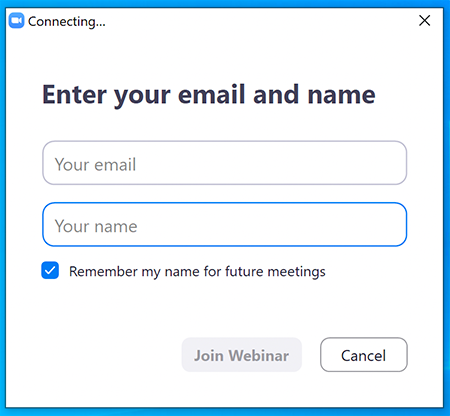
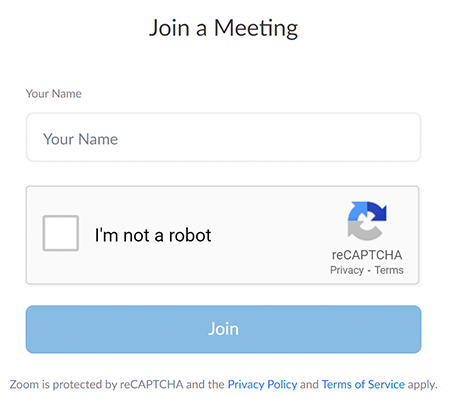
Moving Through Slides
Feedback & Links to Additional Resources
iCalendar File
Rehabilitation Act Notice for Reasonable Accommodation
Rehabilitation Act Notice for Reasonable Accommodation
It is EPA's policy to make reasonable accommodation to persons with disabilities wishing to participate in the agency's programs and activities, pursuant to the Rehabilitation Act of 1973, 29 U.S.C. 791. Any request for accommodation should be made to at or , preferably one week or more in advance of the webinar, so that EPA will have sufficient time to process the request. EPA would welcome specific recommendations from requestors specifying the nature or type of accommodation needed. EPA welcomes specific recommendations from requestors specifying the nature or type of accommodation needed. Please note that CLU-IN provides both alternate phone call-in options and closed captioning for all webinars, and requests for these specific accommodations are not necessary.
Webinar Recording
By participating in this CLU-IN webinar, you automatically agree to authorize recording of audio and visual content presented during this live event and consent to subsequent use of this recording in the public domain by the U.S. Environmental Protection Agency. This recording may include questions, comments and poll responses provided by you during the live event in addition to your name, voice, image or likeness. This recording will be made available after the conclusion of the live event as part of the CLU-IN webinar archives, and will remain available indefinitely. If you do not wish to consent to the recording, please do not join the live event, and contact Jean Balent at 202-566-0832 or balent.jean@epa.gov to discuss your concerns.
Content Disclaimer
This webinar is intended solely to provide information to the public. The views and opinions expressed as part of this webinar do not necessarily state or reflect those of the U.S. Environmental Protection Agency. It is not intended, nor can it be relied upon, to create any rights enforceable by any party in litigation with the United States, or to endorse the use of products or services provided by specific vendors. With respect to this webinar, neither the United States Government nor any of their employees, makes any warranty, express or implied, including the warranties of merchantability and fitness for a particular purpose, or assumes any legal liability or responsibility for the accuracy, completeness, or usefulness of any information, apparatus, product, or process disclosed, or represents that its use would not infringe privately owned rights.

